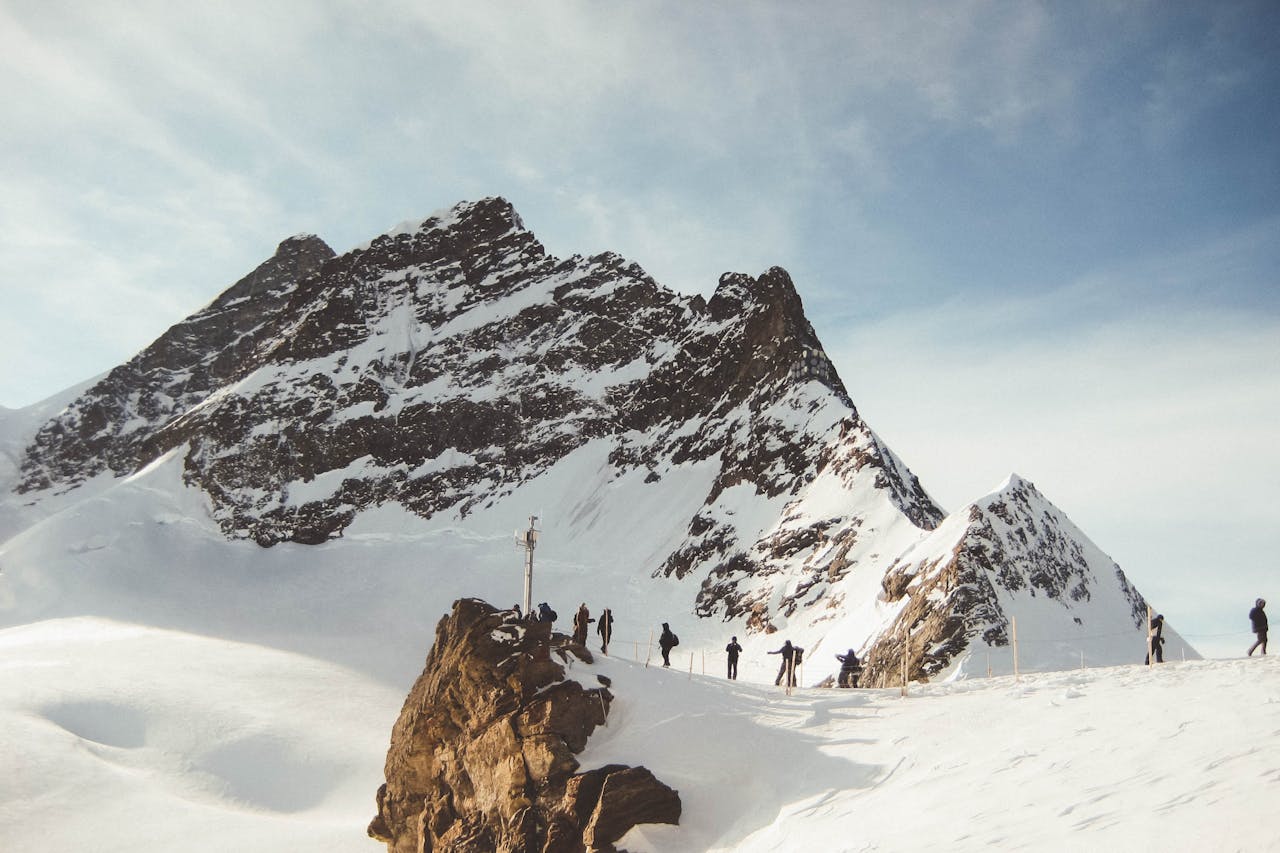"Stay safe at high altitudes with our comprehensive guide to altitude sickness. Learn about symptoms, prevention strategies, and treatment options to ensure a smooth and enjoyable trekking or climbing experience."
Altitude Sickness Information List:
- Symptoms: Outline common symptoms of altitude sickness, including headache, nausea, dizziness, fatigue, and shortness of breath.
- Causes: Explain the physiological factors that contribute to altitude sickness, such as decreased oxygen levels and rapid altitude gain.
- Acclimatization: Describe the importance of gradual acclimatization to high altitudes and recommend strategies for acclimatizing effectively.
- Hydration: Emphasize the importance of staying hydrated at high altitudes and provide tips for maintaining adequate fluid intake.
- Medications: Discuss the use of medications such as acetazolamide (Diamox) for preventing and treating altitude sickness symptoms.
- Descent: Highlight the importance of descending to lower altitudes if symptoms of altitude sickness persist or worsen.
- Oxygen: Explain the role of supplemental oxygen in treating severe cases of altitude sickness and provide information on oxygen availability at high-altitude destinations.
- Prevention Tips: Offer practical advice for preventing altitude sickness, including gradual ascent, proper hydration, adequate rest, and avoiding alcohol and caffeine.
- Risk Factors: Identify factors that increase the risk of altitude sickness, such as rapid ascent, high altitudes, pre-existing medical conditions, and individual susceptibility.
- High-Altitude Pulmonary Edema (HAPE) and High-Altitude Cerebral Edema (HACE): Briefly explain the more severe forms of altitude sickness and their symptoms, emphasizing the need for immediate medical attention.
- Emergency Procedures: Provide guidance on what to do in case of a medical emergency related to altitude sickness, including seeking help from guides, descending to lower altitudes, and administering oxygen if available.
- Travel Insurance: Recommend purchasing travel insurance that covers emergency medical evacuation and treatment for altitude sickness-related emergencies.
- Recognizing Limitations: Encourage travelers to listen to their bodies, recognize their limitations, and prioritize safety over reaching high-altitude goals.
- Consultation: Advise consulting with a healthcare professional before traveling to high altitudes, especially for individuals with pre-existing medical conditions or concerns about altitude sickness.
- Local Assistance: Provide information on accessing medical assistance and resources at high-altitude destinations, such as mountain rescue services, medical clinics, and evacuation procedures.







